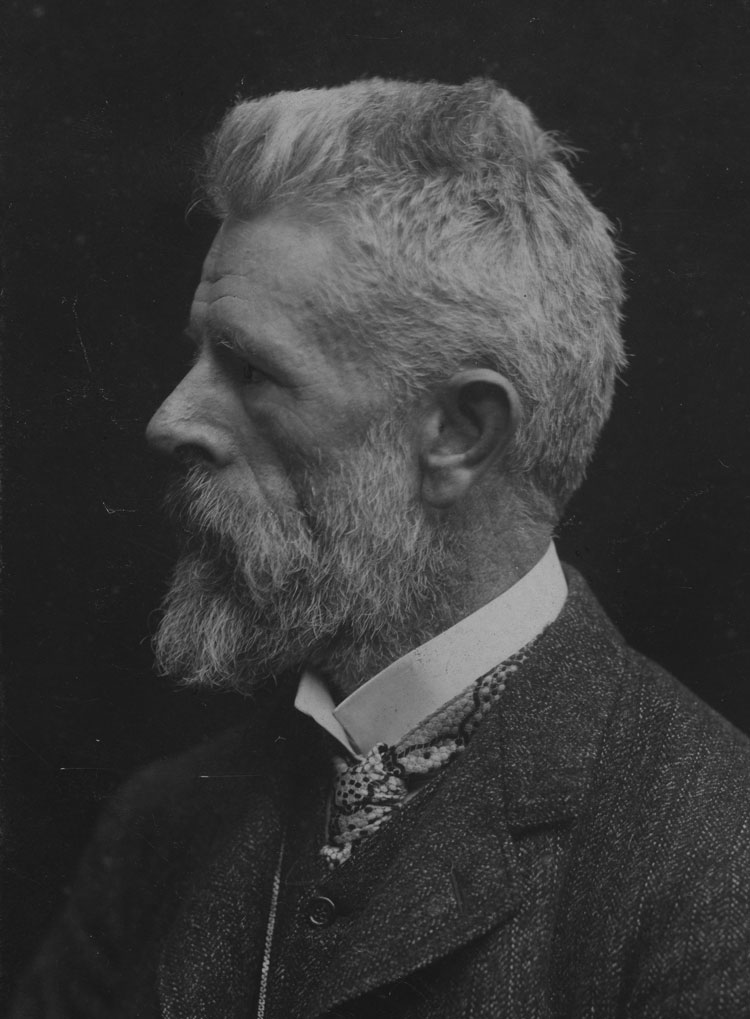
Laurits Tuxen – from Portraits of Princes to the Nature of Skagen
As both a portrait painter of Europe’s most important nobel and royal families and a Skagen painter inspired by the nature around his house, Laurits Tuxen’s (1853-1927) artistic work ranges widely, which makes him a highly interesting painter. Just like Peder Severin Krøyer, Laurits Tuxen was named as one of the great artistic talents of the 19th century early on in his life. In contrast to his grandiose portraits of members of the European nobility, it was the intimate motifs with family, friends and the landscape at Skagen that preoccupied the artist. Tuxen was clearly inspired by the ideas of Vitalism and focused on life under the sun and the nude body.
“What is it that draws them all here? It’s the sun, it’s the light – it’s the sea, it’s the wind – it’s the open air in all its glory.”
Laurits Tuxen
When Laurits Tuxen studied at the Danish Royal Art Academy from 1868 to 1872, he first wanted to become a marine painter, but because of his talent, he was encouraged to work with the most distinguished genre of the time, figure painting. He subsequently went to Paris to study with Léon Bonnat, like Krøyer, and was strongly inspired by French Naturalism. Laurits Tuxen first visited Skagen in 1870 as one of the first artists to do so and thus helped lay the foundation for the artists’ colony’s heyday during the following decades. However, he was not in Skagen, when the colony reached its artistic highpoint in the 1890s. At that time, Laurits Tuxen was travelling around Europe and supported himself by portraying princes and royalty. The well-travelled artist returned to Skagen in 1901, and so did his motifs.
Laurits Tuxen captured the everyday life and dramatic weather of Skagen in his very own way, which we see in the well-known paintings “Pouring the Morning Coffee” from 1906 and “The North Sea in Stormy Weather. After Sunset. Højen” from 1909 (both at the Art Museums of Skagen). Laurits Tuxen managed to establish his name in both Denmark and the rest of Europe early on in his career. His wide range of motifs is still celebrated today at exhibitions such as “Tuxen – Colour, Countryside and Crown” in 2014 at the Art Museums of Skagen and Fuglsang Art Museum and “Tuxen – In Private” in 2021 at the Varde Museums.
